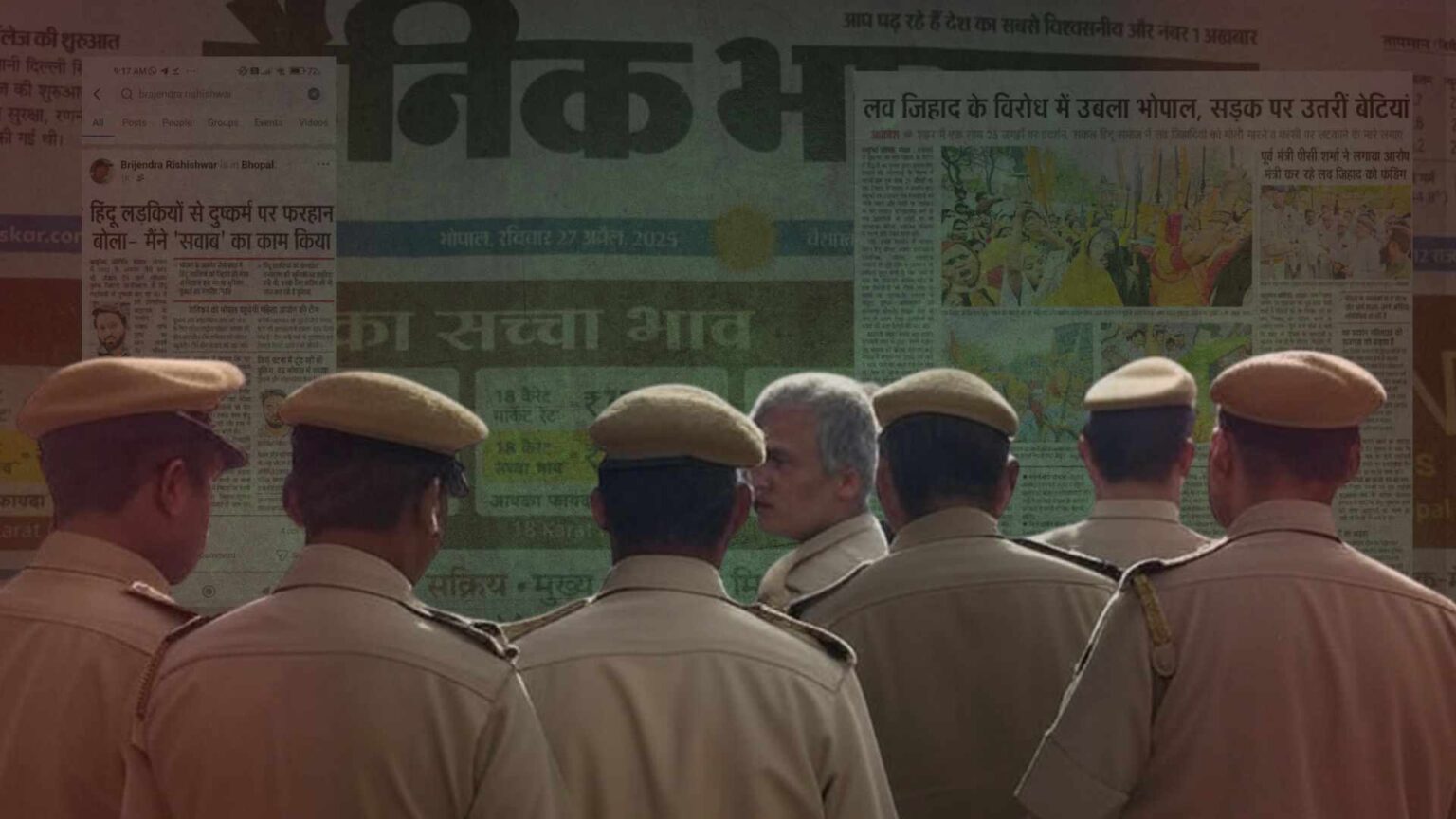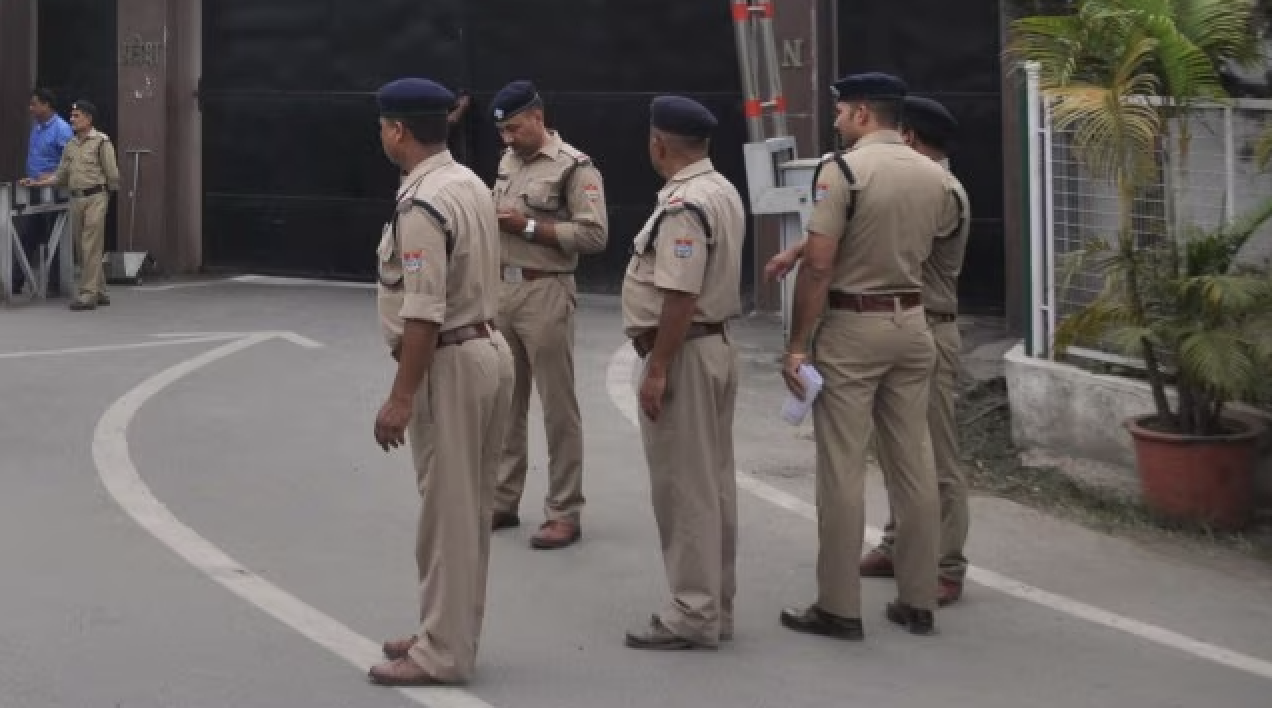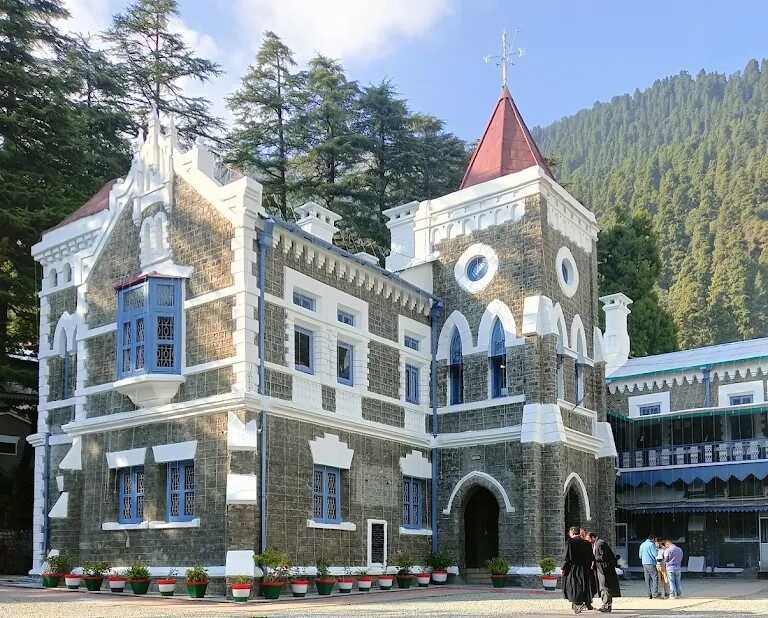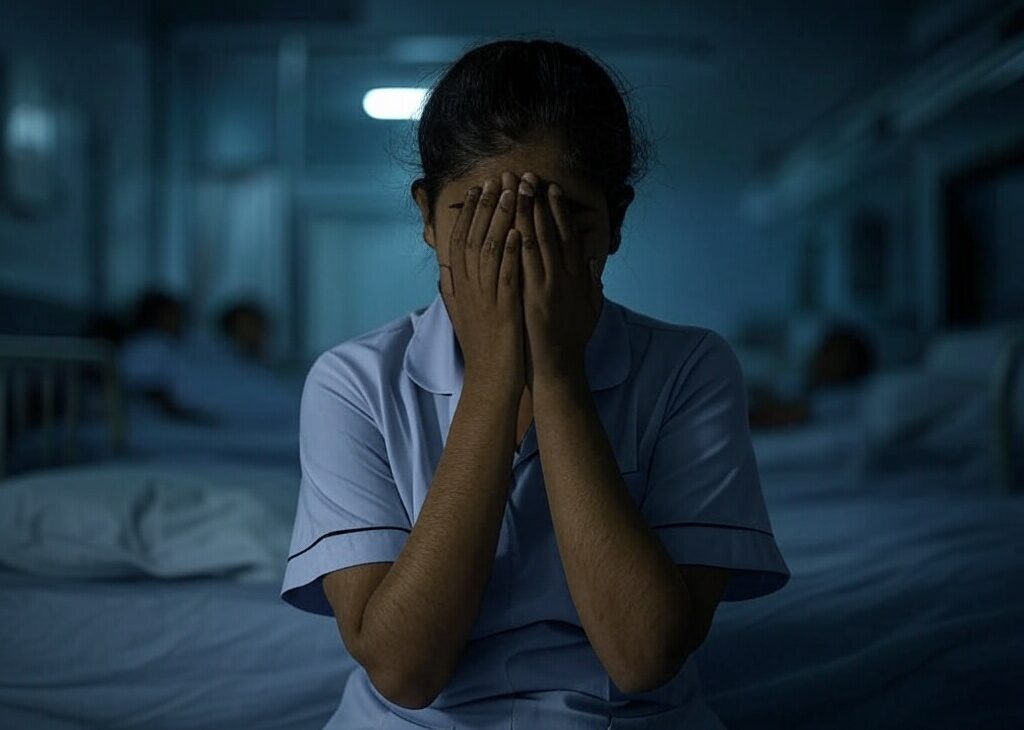Much of the outrage on the Hijab row asks the naive question: “Why is it happening in Karnataka?” Answer: “Why are you surprised?”
The Bharatiya Janata Party’s (BJP’s) political quest for the Babri Masjid only began in the late 1980s. In Karnataka, the ground to reclaim Baba Budangiri, a Sufi shrine in Chikmagalur district, had been laid a decade before Ayodhya became common parlance, in 1978.
In 1990, when LK Advani’s ‘rath yatra’ passed through Karnataka, seven people died in Bidar in communal riots. But, 600 km away, in and around Bengaluru, at least another 33 people died in clashes in five locations. It was not an accident.
Udupi Has Been Home to Hindutva Politics for 54 Years
In the Ram Janmabhoomi movement that resulted in the demolition of the Babri Masjid in 1992, the head of the Pejawar Mutt in Udupi was a key behind-the-scenes player – and mentor to the likes of Uma Bharati. His successor is a member of the Ram Temple trust.
Unlike the East Coast, the RSS and the BJP have been able to gain a foothold more easily on the West. The influx of “Gulf money” – shorthand for Muslim prosperity – in the town of Bhatkal, resulted in a BJP MLA’s murder – and the rise of Ananth Kumar Hegde.
In 1921, the Anjuman-e-Islami got the Idgah Maidan in Hubli on lease for 999 years. But the Sangh Parivar contested the constructions on it in the 1960s. When Uma Bharati tried to hoist the national flag in 1994, riots claimed five lives.
Although he was born in Bengaluru, the late BJP leader and former Union minister Ananth Kumar cut his political teeth in Hubli, where his mother Girija Sastry was a member of the Jan Sangh and the deputy mayor of the local city corporation.
Hijab Row is the Latest Manifestation of Karnataka in Deep Rot
Moral policing is an old story in Karnataka. In 1998, an eve-teasing incident involving a Muslim boy and a Hindu girl in Surathkal resulted in riots. Ten died. Hindu Jagran Vedike, a Sangh Parivar outfit, allegedly fanned the communal flames.
From hassling boys and girls holding hands or sitting in a bus or park, it was a short leap to claims of conversion. In 2009, long before Yogi Adityanath woke up, sangh outfits in Karnataka were sharpening their rhetoric on “love jihad”.
Hindutva’s thali in Karnataka isn’t complete without cow protection – and a ban on cow slaughter. Here again the state was first off the blocks with the Ramachandrapur Mutt in central Shimoga playing a pivotal role in mainstreaming it, in 1998.
Besides Maharashtra, many RSS honchos like HV Seshadri and KS Sudarshan have hailed from Karnataka. Dattatreya Hosabale is said to be next in line to succeed Mohan Bhagwat. And the link between the BJP and the RSS is another Kannadiga, BL Santhosh.
Once-progressive Kannada media is a now an embedded wing. Seven out of nine dailies have Sangh links, television is a barefoot soldier, and fake news enjoys deep political patronage. So, the hijab row is just the latest manifestation of a state in deep rot.







